
It may be a cliché, considering the nature of the sport, but training for a cross country season truly is a marathon and not a sprint.
It’s also easier said than done, because the desire of runners to find an edge in training is always there, dangling like a carrot on the trails.
“I think, definitely, if you have very high goals, it’s very tempting (to overtrain) a lot of the time,” said Winthrop junior Alfie Cognata, one of the top returners in Class C South. “But it’s always easier to go with the safe approach, not undertrain, hope you get enough hours of sleep. All of us know that if you overtrain, it leads to injury. You want to have a steady path, and growth does not happen overnight. You want to stay steady and cool all the way through (the season).”
Maine high school cross country coaches provide their runners with a regimented program over the summer, one that keeps them on a steady path toward the ultimate goal of being successful at the regional and state championship meets late in the fall. But overtraining — going beyond the recommended program — is real. A 2020 study by the National Library of Medicine found that the highest rates of overuse injuries were in women’s and girls cross country, followed by men’s and boys cross country.
“(Running) is all about consistency. You just have to see where a kid is at (coming off the summer) and see what they’re capable of,” said Cheverus coach Nick Denari. “Some kids were great at training in the summer, and you can kind of just continue that into the season. Some kids come into the season not running at all. You just have to recognize what they are coming in and what their bodies can handle. It’s something you have to be cognizant of.”
For coaches, restraining runners from going the extra mile is a constant battle.
“It’s a double-edged sword, because when you add mileage (in training), you’re going to see improvement,” said Portland coach Frank Myatt, who had the top male (Aran Johnson) and female (Samantha Moore) runners in Class A last fall. “You end up with a law of diminishing returns at a certain point where, you’ve had a fantastic build-up, maybe a fantastic first half of the season. But then you hit the week before regionals, and you’ve got a pain that’s not going away. You put yourself in a position to be really good, but you overdid it.
“In distance running, these kids are used to managing pain very well. You’re ignoring pain,” Myatt continued. “By the time you come around to it, it’s too late. What was a foot pain — that little twinge last week — is now a full-blown stress fracture and you’re shutting down. It’s something we talk about a ton in our program, and every program in the state deals with it. … What I preach to my guys is, when you walk out of my program, I want you to have something left in the tank. I do not want you to go run in college and say, ‘Well, you did it all in your four years at Portland High.’ I want them to have progress and build from where they are.”
While training programs vary, the idea is still the same: Build up mileage during the summer months and early fall season, then taper off toward the end of the season in order to have enough energy to put forth the best possible effort at the postseason meets.
“Our coaches are good about holding us to a certain mileage to avoid injury, while building fitness,” said Portland senior Owen Blades, who added that the key is “being aware of how many miles you’re doing (in a week). Each week, we go up a couple of miles. That slow buildup helps you in the long run.”
Added Portland senior Sylvie Holmes, “(Myatt) is really good at setting different mileage goals for different runners based on experience and what their bodies can handle, and not pushing people too soon.”
It’s also important for runners to take self-inventory of their training and keep open dialogue with coaches during the season. Taking a step back in training is fine.
“I’ve learned to listen to my body and dial it back sooner (during my high school career),” Holmes said. “Taking a little bit of time off is actually better than pushing through it and actually making an injury last longer. You need to listen to your body and not overdo it.”
Still, finding that middle ground can sometimes be difficult for runners.
“We were doing laps (during practice), and we wanted to do more laps, because we were feeling good,” said Winthrop junior Sophie Beckwith. “But our coach said that we couldn’t, so that we don’t get hurt.”
Ed Van Tassel is the longtime head coach of the Winthrop cross country and track teams.
“A lot of (planning) is knowing what they’ve done in the summer,” Van Tassel said. “We meet twice a week and give kids a (running) plan. Are they going to follow it perfectly? No. Unless you know 100 percent what a kid has done for the summer, you’re going to go, ‘OK, here is where a kid should be, now we’re going to dial it back a little bit.’ One of my goals is keeping kids healthy. If you keep your kids healthy, they’re going to be able to train consistently and see themselves improve over the course of the season and over the course of a career.”
Van Tassel has a favorite saying near championship season to help keep his runners in check — “The hay is in the barn” — a term meant for slowing down to avoid overtraining, but also getting them prepared for the ultimate goal: succeeding in the postseason.
“Hay’s in the barn basically means that you are kind of what you are, and you’re not going to get much better, with states or a crazy big meet being right around the corner,” Cognata said. “From two weeks out, you can’t really push yourself so much, because you’ll hurt yourself at states. Hay’s in the barn technically means you are what you are, you can’t get much better in that short span of time. But hay’s in the barn also means you’re getting ready for championship season and you’re about to have the best race of your entire life.”

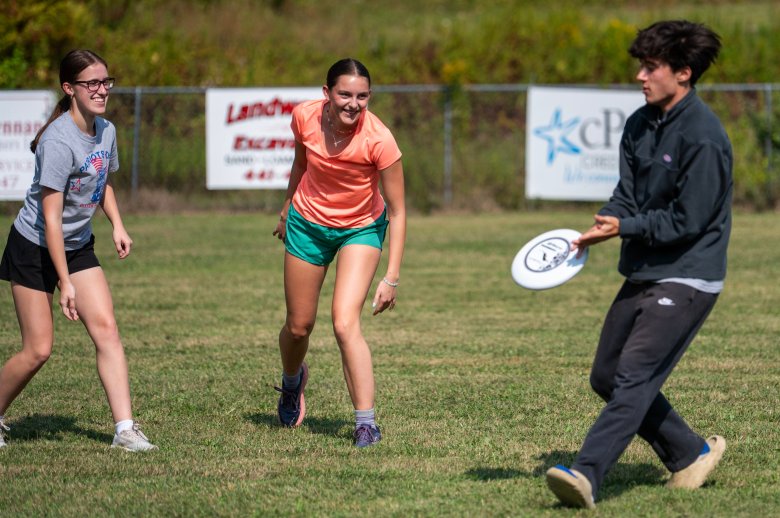
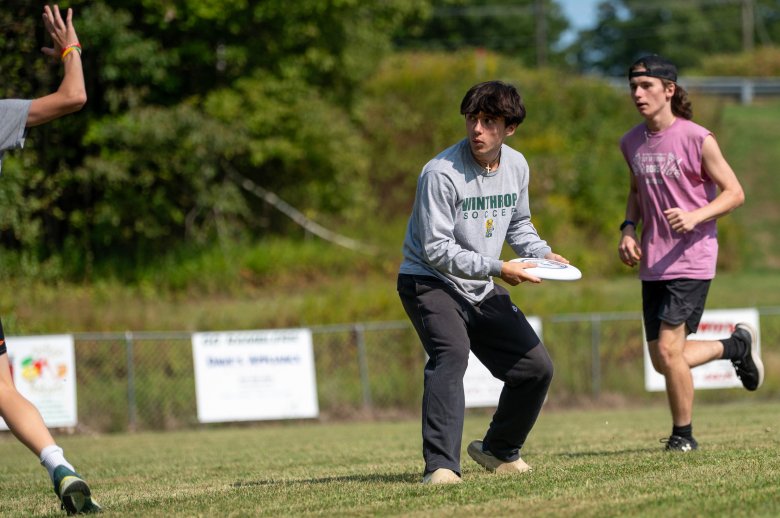
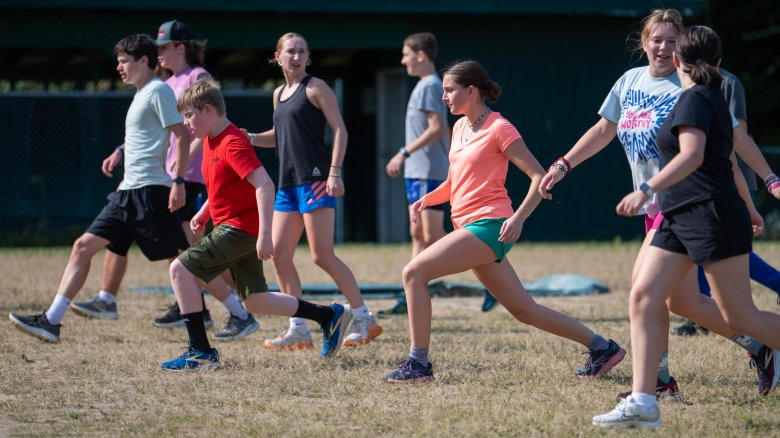
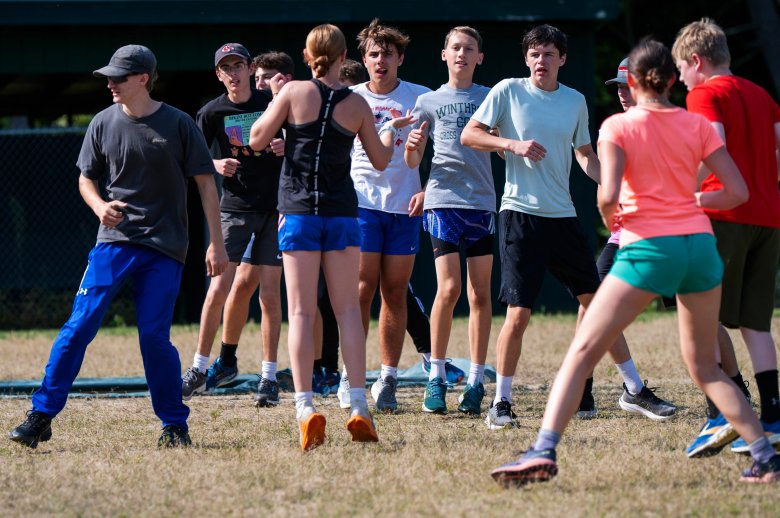
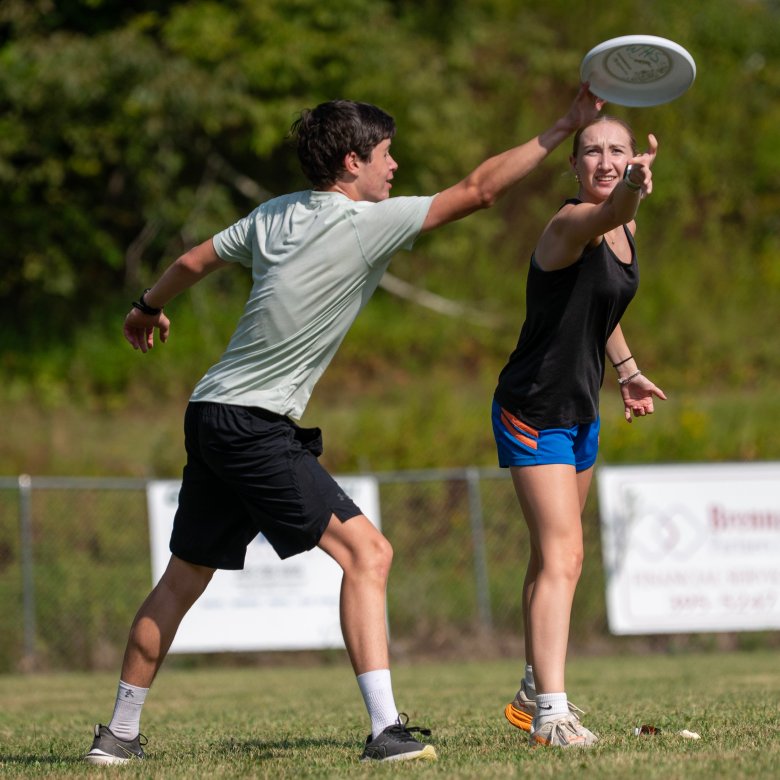
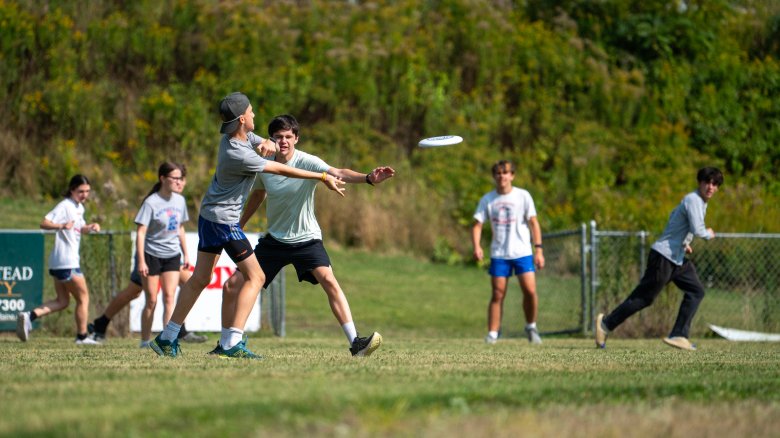
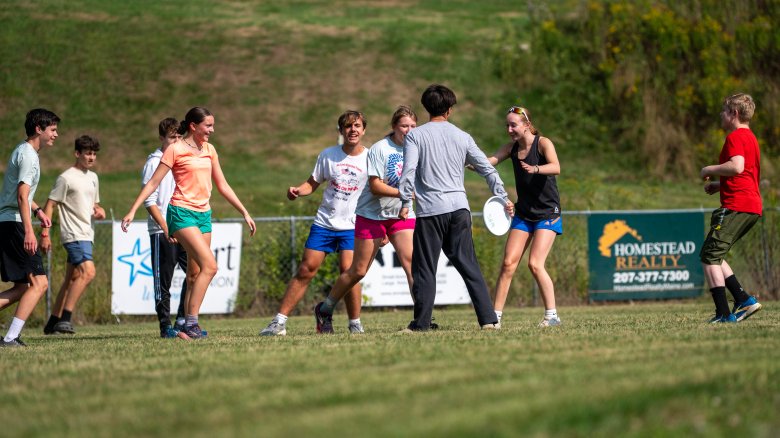
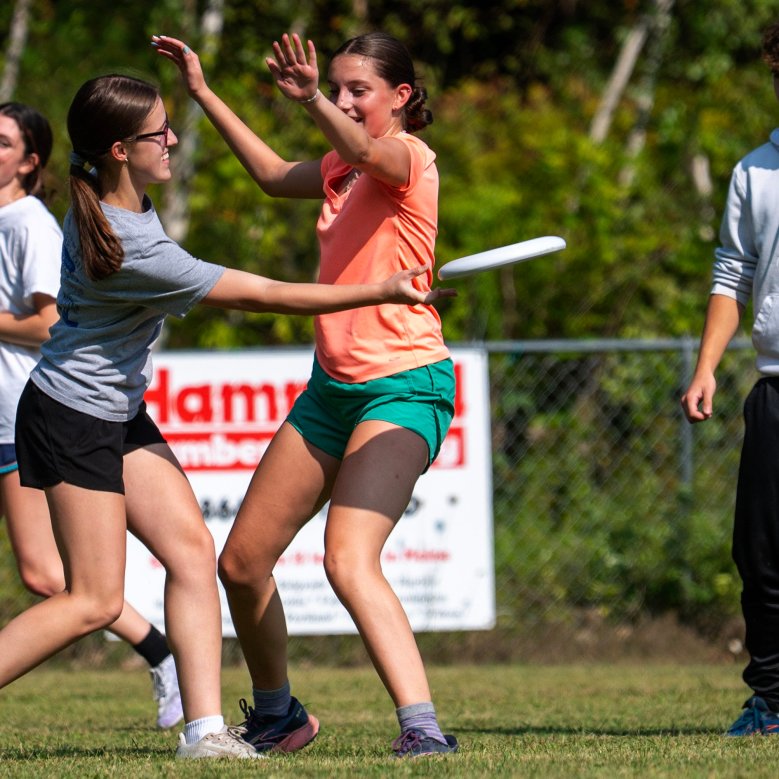
We invite you to add your comments. We encourage a thoughtful exchange of ideas and information on this website. By joining the conversation, you are agreeing to our commenting policy and terms of use. More information is found on our FAQs. You can modify your screen name here.
Comments are managed by our staff during regular business hours Monday through Friday as well as limited hours on Saturday and Sunday. Comments held for moderation outside of those hours may take longer to approve.
Join the Conversation
Please sign into your Sun Journal account to participate in conversations below. If you do not have an account, you can register or subscribe. Questions? Please see our FAQs.